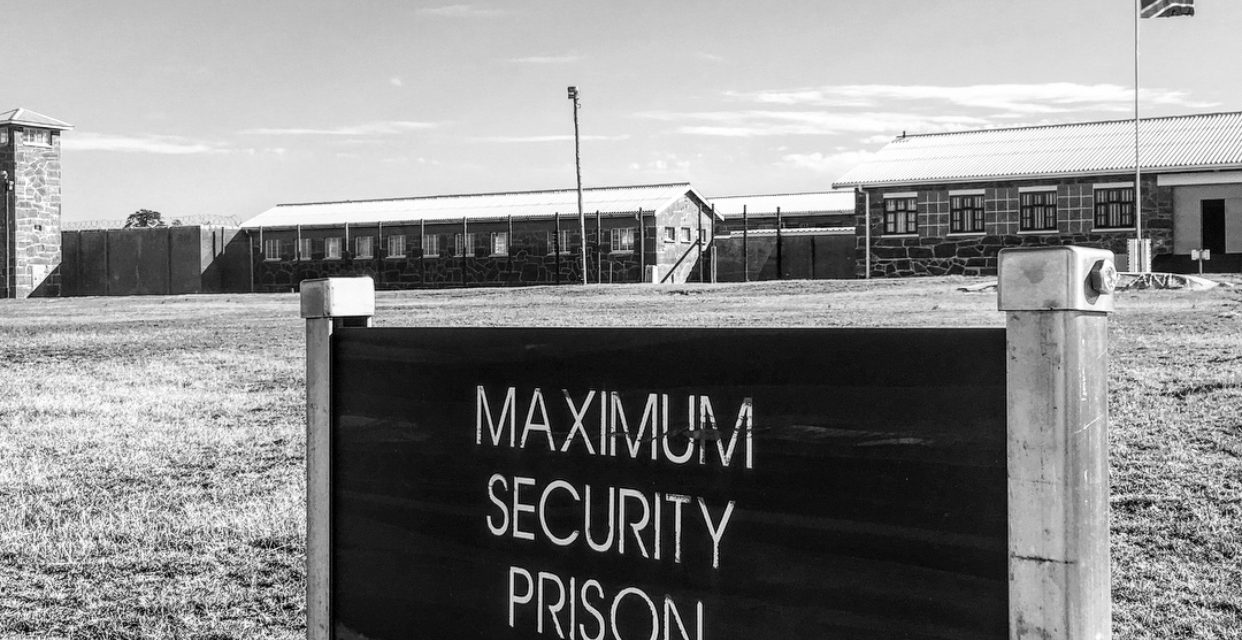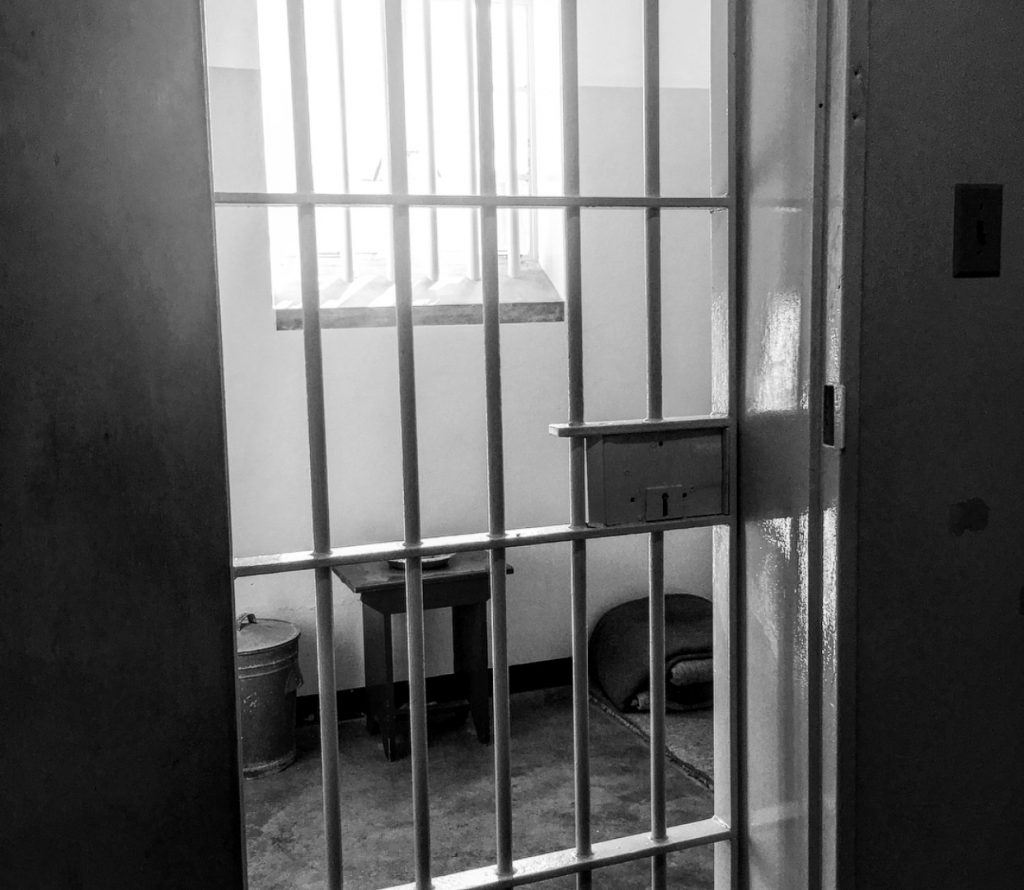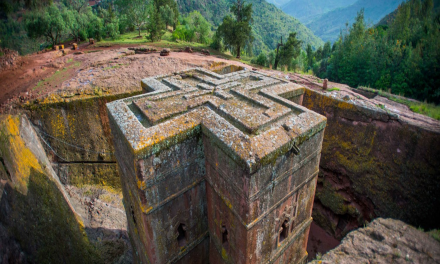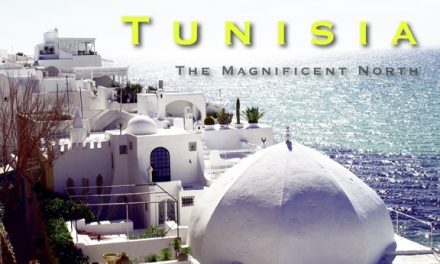South Africa
Building The Future by Remembering the Past
by Olivia Balsinger
2018: The Centenary Year of Nelson Mandela
2018 is an important year dually for South Africans and for visitors to the country—it is the year that marks the Centennial Year of Nelson Mandela. The legacy of this man continues to energize the entire country towards perpetual progress and unrestricted liberty. He was a hero who offered his own freedom to ensure the freedom of his entire nation — regardless of their ethnicity or skin color.
South Africa and the world beyond maintain that Mandela’s legacy will endure forever. Once a nation torn apart by racially-driven class division, South Africa is now a metropolis far more tolerant and accepting to the humanitarian philosophies that Mandela preached and lived by. And with these changes came a boom in tourism, as people hailing from all over the world found a more stable environment to explore the country.
South Africa is often famed for its miles of undisturbed coast lines, for its colorful buildings in the predominantly Muslim Quarter of Bo’Kapp in Cape Town and for the numerous vineyards graciously dotting the countryside of Stellenbosch.
The end of apartheid was one of the most significant political events to happen in the entire history of society. And although it has brought so much good to South Africa and her people, it would irresponsible to forget the pain that one man endured to ensure it. Mandela’s plight is a story of the phoenix rising, a man whose purpose was perpetually challenged yet never defeated.
It is a tragic yet inspiring portrait of how compassion and perseverance can truly change minds, hearts, and eventually the world.
Johannesburg
My journey to discover Mandela’s legacy began in Johannesburg, the capital of South Africa. Today, a visit to Johannesburg is an eclectic experience, celebrating both its indigenous heritage and its forward-looking vision of a city.
Johannesburg’s impressive progress stems from its hyper awareness to illuminate its past. And although it may seem dark, it is actually the contrary, focusing on the heroes of apartheid, without detracting from the realities of its heinousness. And although Nelson Mandela is celebrated consistently, particular attention will be placed on his selfless acts of valor on his Centennial year, in this city where he and his family lived.
Soweto (South Western Township) inside the Johannesburg Metropolitan, has proven to become a successful tourist destination. Visitors can experience the township in a variety of ways, like bike tours and horseback. You can even gain an aerial perspective with a bungee jump high above the buildings, from the intricately painted Orlando Power Station cooling towers.
My most meaningful time in Soweto, however, was the somber visit to the former home of Nelson Mandela, where he lived from 1946 to 1962, now known as the Mandela Museum. As I stand outside his house and see scorch marks where the house was attacked with Molotov Cocktails, I feel chills. It is here you have find the humanity of South Africa’s hero—where you could see the yard his children played in and the bricks they would hide behind.
The next most comprehensive place to get an overview of Mandela’s tribulations is the renowned Apartheid Museum, which condenses the narrative to its core timeline from its veritable beginnings in 1948 to its triumphant end in 1994, when Nelson Mandela was elected president of the republic. Its program delves into the catalysts and consequences of this dark era, emitting a beacon of hope by illustrating its gradual ascent to liberation.
Perhaps the most emotive excursion for history buffs, however is Constitution Hill, where once the Old Fort Prison Complex stood, which housed Mandela and Mahatma Gandhi when they were incarcerated.
Cape Town
My journey to travel in Mandela’s footsteps continued to Robben Island, which resided in Table Bay, just a few kilometers west of the coast of Cape Town. It was here, touring a prison known infamously as a center of isolation and exile, that I was able to briefly experience the suffering of Mandela. This suffering was in the form of 27 years robbed of his family, dignity and even a name—4664 replaced “Nelson Mandela” and he was on the terrorist watch list for his desire to revolt again hate. Life contained to a thin straw mat in a cell no more than five square meters.
The tours are not for the faint of heart—this now living museum and current UNESCO World Heritage Site has not been entirely purged of its hatred and dirt found in the walls of the cells, especially Nelson Mandela’s. However, for an eye-opening understanding of South Africa’s tumultuous past and the price—and time—Mandela paid in order to create the South
Africa of today.
As the political climate continues to shift to a more positive, inclusive trend in South Africa, we must remember that a man was stripped of his identity and locked up for years in order to create the order that exists today.
www.southafrica.net


















